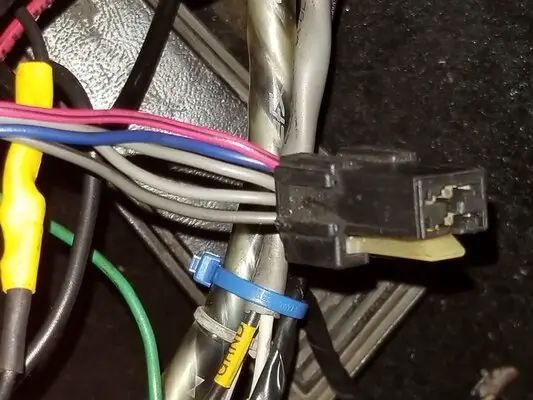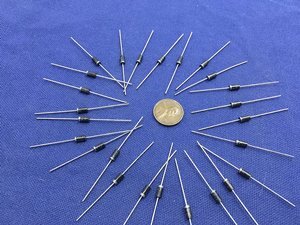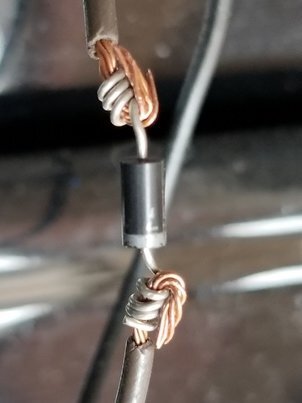Hi PontiacGP,
Thank you for responding!
The car came from the factory with cruise control, however, the cc assembly was taken out when the aftermarket throttle body was installed. I went back under the dash and here's what I found:
My GN has two plunger switches attached to the brake pedal. The one I've been referring to is the bottom one and has two connectors.
One connector has 3 wires: orange, white and blue/black stripe. The orange has constant power. The blue/black wire gets power when the brake is pressed and sends power to the third brake light. The white wire I believe goes to the hazard assembly?
The second (top) plunger switch has a vacuum hose and three wires attached to it. Two wires are pink/black stripe and the last one is purple. I believe these are for the transmission and torque converter lock-up.
There is a loose 5-wire connector that I haven't found a place for (pic attached) . I was thinking it plugged into the cruise control module, which is no longer in the car.
Thoughts? Thanks!
-GRNCH

Thank you for responding!
The car came from the factory with cruise control, however, the cc assembly was taken out when the aftermarket throttle body was installed. I went back under the dash and here's what I found:
My GN has two plunger switches attached to the brake pedal. The one I've been referring to is the bottom one and has two connectors.
One connector has 3 wires: orange, white and blue/black stripe. The orange has constant power. The blue/black wire gets power when the brake is pressed and sends power to the third brake light. The white wire I believe goes to the hazard assembly?
The second (top) plunger switch has a vacuum hose and three wires attached to it. Two wires are pink/black stripe and the last one is purple. I believe these are for the transmission and torque converter lock-up.
There is a loose 5-wire connector that I haven't found a place for (pic attached) . I was thinking it plugged into the cruise control module, which is no longer in the car.
Thoughts? Thanks!
-GRNCH




